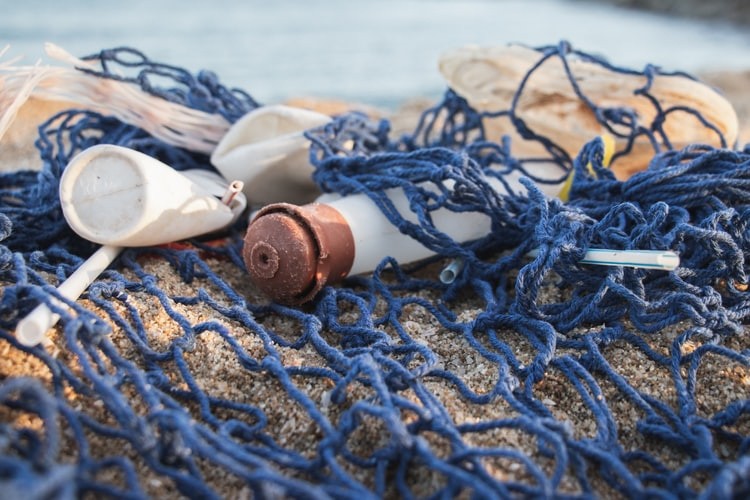Scientists at Ames Laboratory's Institute for Cooperative Upcycling of Plastics (iCOUP) have discovered a chemical method that turns recycled plastics into biodegradable, use chemicals that can be used as surfactants and detergents in a variety of applications. Plastics may have more sustainable and cost-effective lifecycles as a result of this process.

The researchers focused their efforts on deconstructing polyolefins, which account for more than half of all recycled plastics and are used virtually every product imaginable, including toys, food packaging, piping systems, water bottles, clothes, shoes, vehicles, and furniture.
"You might call plastics, especially polyolefins, too successful," said iCOUP Director Aaron Sadow. "They are good for all of the applications that we need them for - solid, lightweight, thermally stable, chemically resistant - but the issue arises when we no longer use them."
The chemical structure of polyolefin plastics makes them so tough and resilient - long, thick chains of carbon-carbon bonds that are often difficult to break down. Polyolefins are also devoid of chemical groups that may be attacked during deconstruction. Many current plastic recycling technologies result in less valuable, less available components, making recycling economically feasible much less appealing.
Reverse Engineering Polymerization

The new method reverses what scientists already know about the main polymerization steps, such as the assembly of long polymer threads, by breaking some of the carbon-carbon bonds in the chains. The shortened polymer chains migrate to an aluminum end group to form reactive species after a few carbon-carbon bonds are broken.
This latest method uses catalysts and reactions similar to those used in alkene polymerization, using well-understood catalytic chemistry. Finally, the intermediates in this new transformation can be quickly transformed to fatty alcohols or fatty acids or used in other industrial chemistry to produce chemicals or products useful in various applications, including detergents, emulsifiers, pharmaceuticals, and cosmetics. Desirable product chain lengths may be targeted for synthesis because the mechanism is catalytically regulated.
The great thing about the procedure is that the final products, unlike the polyethylene and polypropylene starting components, are biodegradable.
Biodegradable Surfactants

Surfactants, also known as surface-active chemicals, are used in hygiene items such as cleaners, cleansers, shampoos, and other bathing and cleaning products. When a surfactant is dissolved in water, it "gives a substance the power to strip debris from materials such as human skin, textiles, and other solids," according to Proctor and Gamble, a major cleaner manufacturer. Surfactants help strip soil and oil from soils and fabrics by loosening them. Surfactants can clean dirt in ways that water can't.
Benefits and Harms

Surfactants keep clothing and linens fresh and tidy, clean stains from upholstery, and clear dirt and residue from fur. On the other hand, surfactants have a detrimental effect on the marine ecosystem until they are flushed down the toilet and dumped into the ocean.
"Most surfactants are more or less harmful to marine species due to their surface activity and can react with the organisms' biological membranes," according to the European Textile Services Association.
The harmful environmental impact of surfactants is why biodegradable/sustainable surfactants are needed.
For more environmental news, don't forget to follow Nature World News!
© 2025 NatureWorldNews.com All rights reserved. Do not reproduce without permission.





